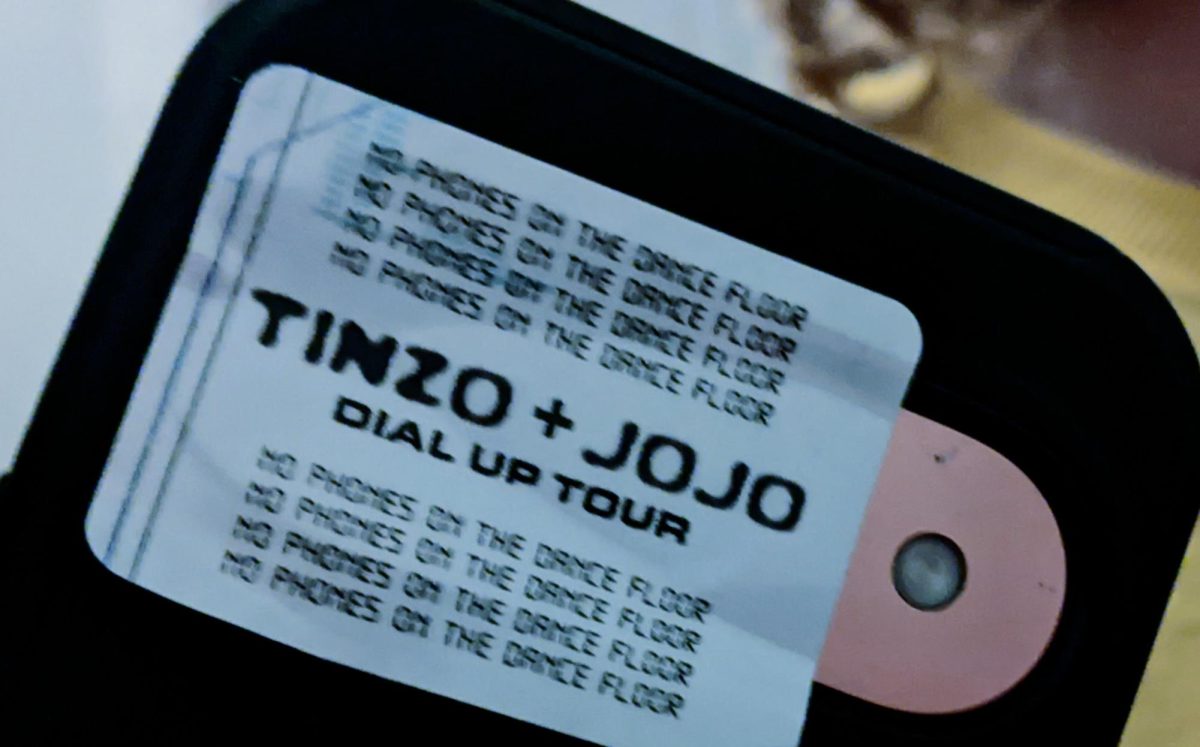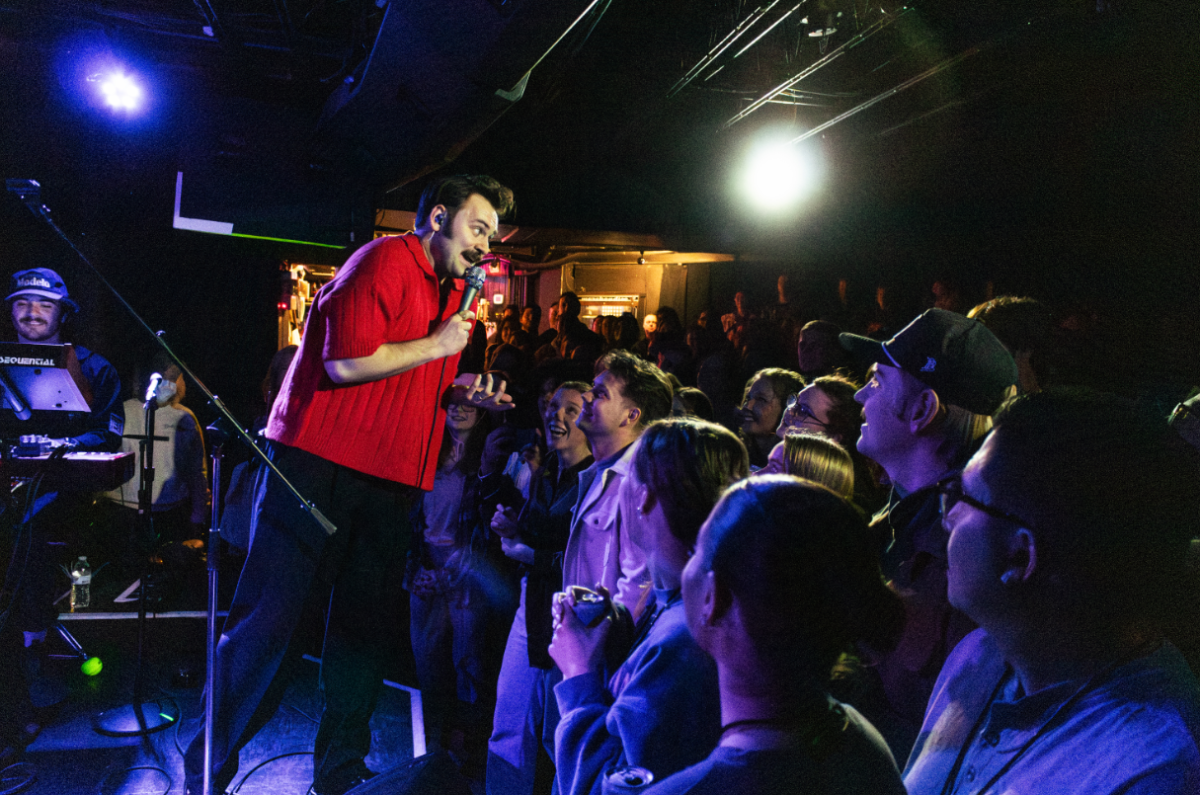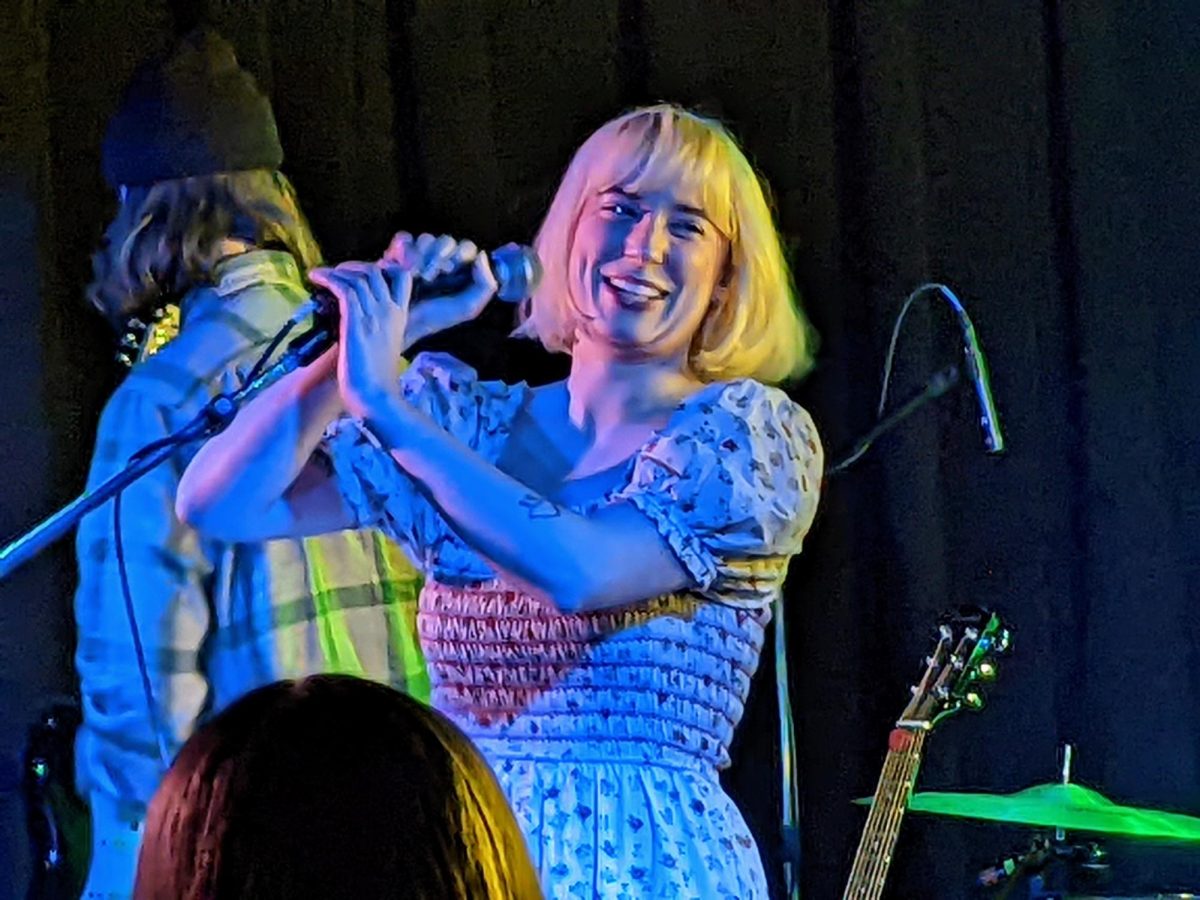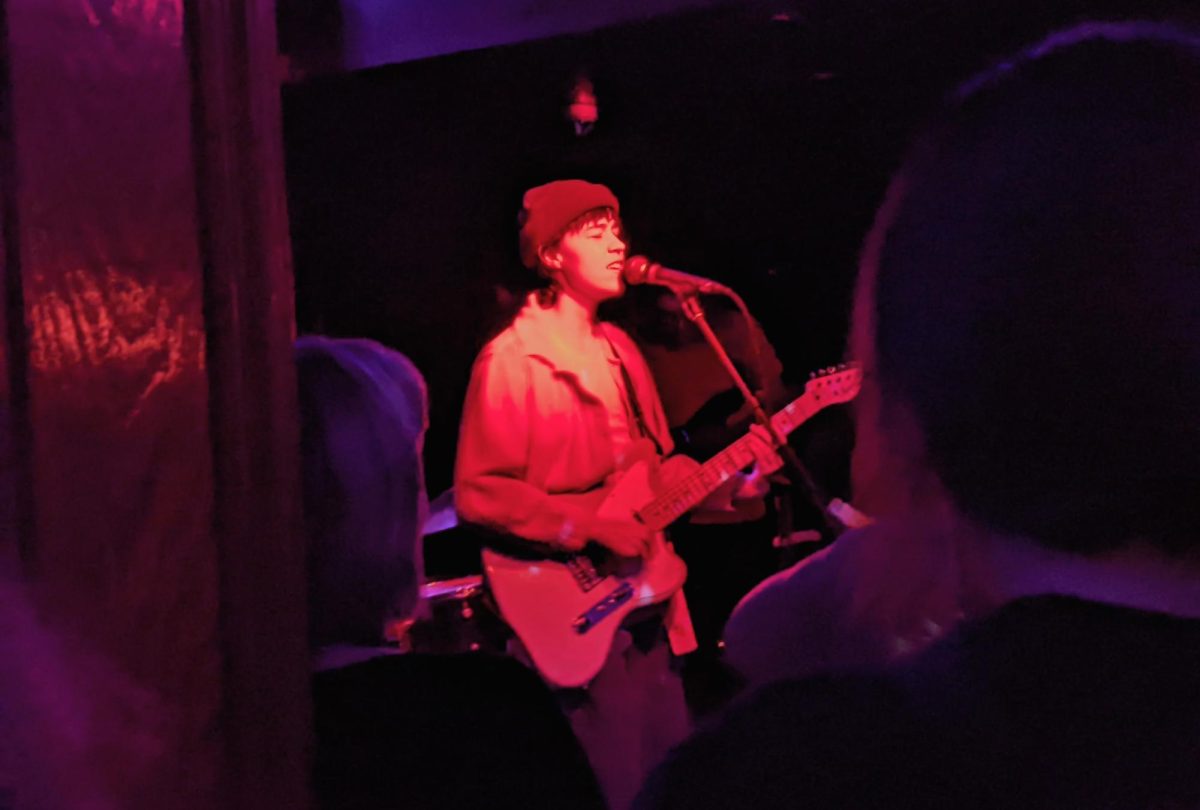When Minneapolis indie hip hop collective Doomtree started their Blowout concert series in 2004, rapper P.O.S. said the crew didn’t know what to expect.
“The original Blowout was just to see what our actual draw was as the only [group] on the bill,” said P.O.S., who is also known as Stef Alexander.
Since that first headlining spot a decade ago, Doomtree’s Dessa, Mike Mictlan, Cecil Otter, Lazerbeak, Paper Tiger, Sims and Alexander have cultivated the crew — which began as a label for each individual rapper and producer — into one of the Twin Cities’ biggest selling independent music acts.
Though the group is ending the Blowout series this month, they show no signs of slowing down. Doomtree announced on Tuesday that the band’s new album, “All Hands,” is coming out in January.
Alexander and Sims (real name Andrew Sims) attributed Doomtree’s longevity to the strengths each member brings to making the group’s music.
“I think the collective stays strong because the individuals keep making leaps in creativity and keep on trying to make better new music,” Alexander said. “There’s never been serious ego clashes.”
Sims likened Doomtree to an artistic cooperative, as the group originally connected to uphold one another’s music with Doomtree Records, their independently run label.
“We never really wanted to become a rap group,” Sims said. “We wanted to be a working co-op of support. The business is only here to facilitate the art, not the other way around.”
Lazerbeak, aka Aaron Mader, echoed Sims and Alexander, saying that the group is not a typical rap crew.
“We’re all solo artists,” Mader said. “When we come together to make these crew albums that happen every three to four years, they’re big occasions.”
As Doomtree’s success has grown, its members have found certain roles to fill in generating the band’s notoriety. For Lazerbeak, who originally started out as the main producer, this meant becoming the collective’s de facto leader. Still, he says that wasn’t a typical “nine-to-five” gig.
While Alexander started rapping with his high school friends Mader and Sims as a side project from his punk rock aspirations, Doomtree collected its other rappers and producers in their late teens.
Alexander and Sims said rap was a retreat from their other artistic endeavors. Alexander, for instance, went on his first punk tour in middle school.
“It was two minivans following each other filled with 14- through 16-year-olds,” Alexander said. “I knew that I wanted to be a touring musician as soon as I realized that was a job. Fourth or fifth grade, I was like, ‘Well, I’ve got to get a van.’”
Sims left high school wanting to become a writer, and he attended college at the University of Iowa to study fiction before leaving for Doomtree.
“In high school, I wanted to write the great American novel,” Sims said.
After Sims returned to Minnesota and Doomtree had gained more traction in the local music scene, Sims and Alexander said the band’s Midwestern roots made legitimate rap cred elusive on a national scale.
“I am definitely a Minnesotan,” Alexander said. “Being from the Midwest was difficult.”
Sims said his respect for hip-hop made him consider his role as a white rapper.
“It’s a black art form,” Sims said. “So if you’re going to be a white participant in a black art form, you should have to go under a little bit of scrutiny.”
As Doomtree progressed, Sims said he avoided creating critique-proof joke-rap as a means of achieving popularity.
“There are some white artists that do rap parody stuff,” Sims said. “It’s fine to be lighthearted, but that was always a problem that I had intellectually. Like, ‘Hey man, you’re a guest here in someone else’s culture. … It’s not OK to make fun of it.’”
With their diverse racial backgrounds, Lazerbeak said Doomtree’s success stems in part from their lack of homogeneity.
“I think that’s a huge part of our success — we don’t look the same,” Mader said. “We look weird when we’re at the mall together.”
Now in their early-30s, most in the crew have known each other since they were 17.
“I certainly never thought I’d be 32 and still rapping, or trying to do it for a job. It’s awesome,” Sims said.
“It baffles us all the time,” Mader said. “I do not recommend it to anyone.”
While the group admitted that this year’s Blowout is its last, Alexander said the band insists they are not breaking up.
“Any time you have a bunch of very strong personalities that have been hanging out at least weekly for a couple of years, there’s going to be tension,” Alexander said. “But we’ve managed to get through all the hard stuff together.”
Doomtree’s members join forces on most of their solo releases, and “All Hands” is their third official album. With 2011’s “No Kings,” Doomtree solidified their union with an ultra-collaborative album, a trend that continues on the new record.
“It took all of us to make it,” Mader said.
This brings the band full circle from its early days, when Sims and Mader said Doomtree would pool the sales of their solo albums together to fund additional solo releases for the other members of the group.
“It can be incredibly rewarding when you’re a seven-person, unified monster,” Mader said.
What: Doomtree: The Last Blowout Ever
When: 9 p.m. Saturday
Where: Turf Club, 1601 University Ave. W., St. Paul
Cost: Sold out
Age: 21+













